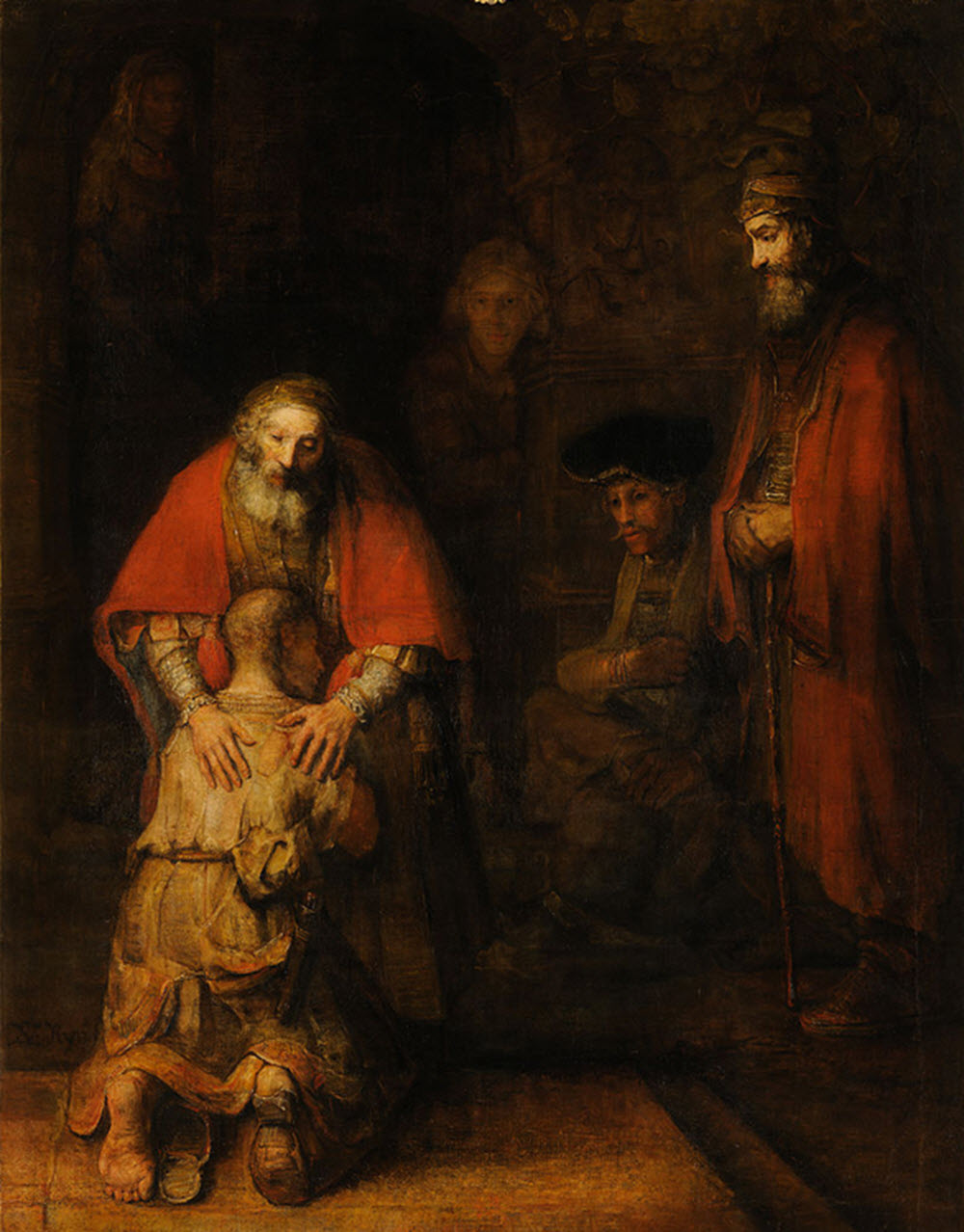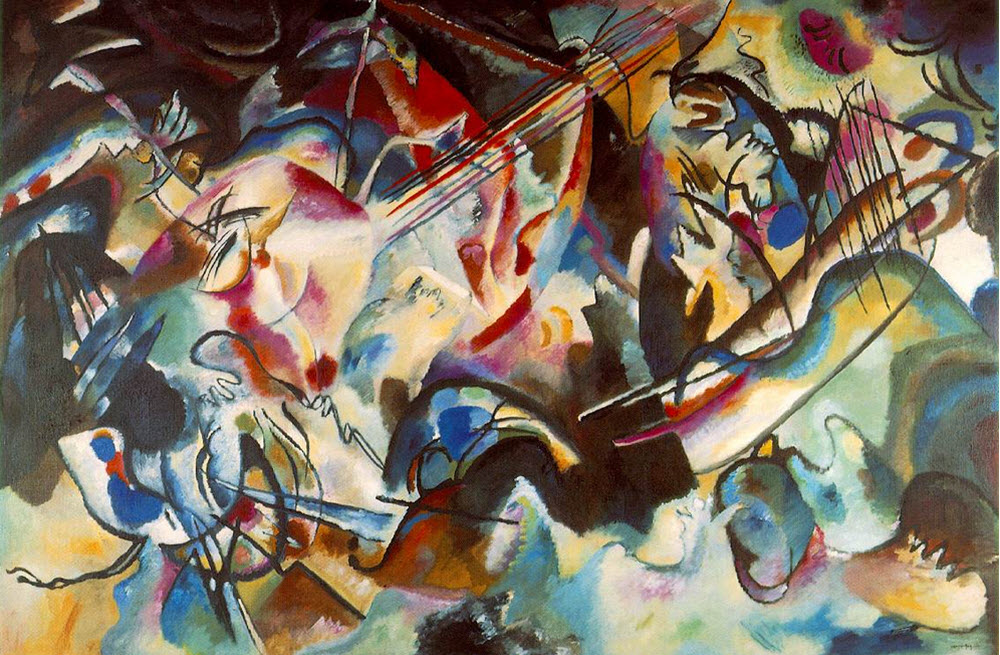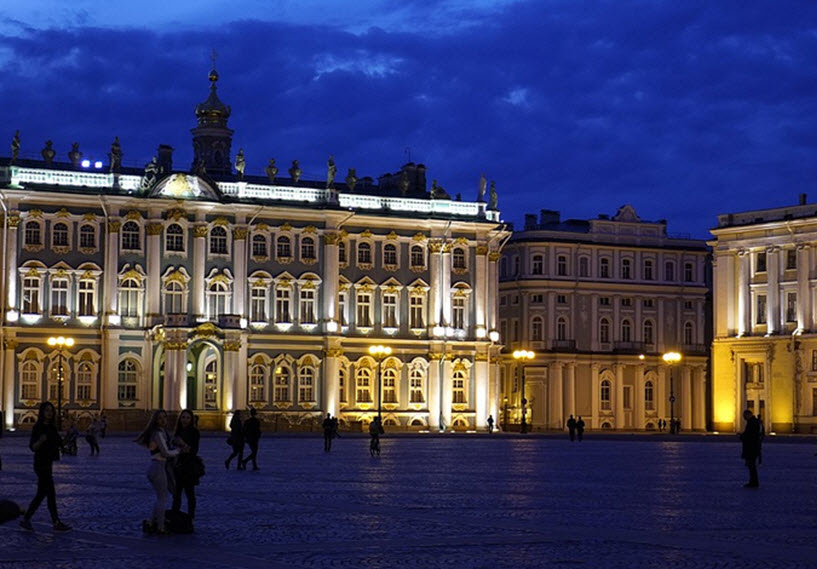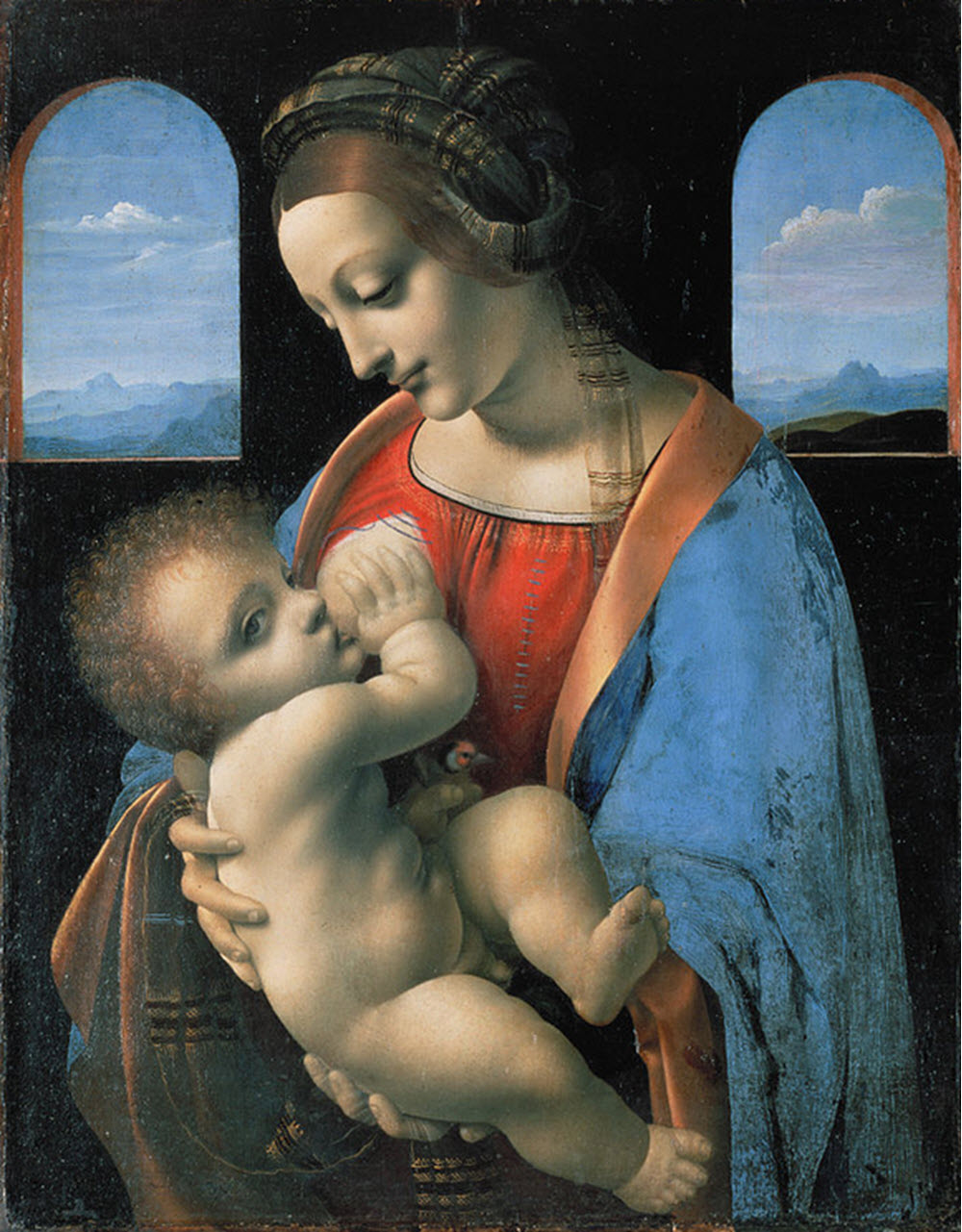The State Hermitage Museum (Russian: Госуда́рственный Эрмита́ж / Gosudárstvennyj Ermitáž) is an art and culture museum in Saint Petersburg, Russia, founded by Empress Catherine the Great in 1764.
The Prussian-born empress was a devoted art collector, and she was active during an era when Russia – and especially its then-capital Saint Petersburg – was very connected with the rest of Europe, both politically, socially and economically. The art collection at the Hermitage is therefore truly international, and does – among other things – include a lot of art created in Western Europe and Northern Africa. Naturally, it is also a treasure throve of Russian, Eastern Europe and Asian art and cultural history.
The Hermitage’s total collection contains over three million objects, of which only a small part is on permanent display. It is the second-largest art museum in the world – only the Louvre in Paris is bigger – and the Hermitage holds one of the world’s largest collection of paintings.
Data from 2017 show that the Hermitage received about 4.2 million visits that year.
The third Thursday of every month is an especially popular day to visit the Hermitage, because on this day you don’t have to pay any entrance fee.
The collections
- Prehistoric art
- Egyptian antiquities
- Classical antiquities
- Italian Renaissance
- Italian and Spanish fine art
- Dutch Golden Age and Flemish Baroque
- German, Swiss, British and French fine art
- Russian art
- French Neoclassical, Impressionist, and post-Impressionist art
- Modern, German Romantic and other 19-20th century art
- Knights’ Hall (Western European arms and armour from the 15th-17th centuries)
- Jewelry and decorative art
Examples of famous works of art in the Hermitage
The Rothschild Faberge egg, by Michael Perkhin and Nikolay Rode, 1902

Madonna Litta, by Leonardo da Vinci, circa 1490
 The return of the prodigal son, by Rembrandt, 1666-1669
The return of the prodigal son, by Rembrandt, 1666-1669

Composition VI, by Wassily Kandinsky, 1913

Where is the Hermitage?
The Hermitage is located in the heart of Saint Petersburg, along the river Neva in the city’s Central District.
Entrance: The entrance for individual visitors is located in the Winter Palace and is accessible from the Courtyard.
Address: 38 Palace Embankment, Dvortsovy Municipal Okrug, Central District, Saint Petersburg, Russia
Coordinates: 59.941°N 30.3129°E
Closest metro station: Admiralteyskaya / Адмиралте́йская (Metro line 5)
The buildings
In the early days, only the building that we today call the Small Hermitage was used for the collections. Nowadays, the bulk of the collections are kept in a complex comprised of several historic buildings along the River Neva, in a location known as the Palace Embankment.
The following buildings in main museum complex are open to the public:
- The Winter Palace, a former main residence of the Russian imperial family
- The Old Hermitage, also known as the Large Hermitage
- The New Hermitage
- The Small Hermitage
- The Hermitage Theatre
Also included in the Hermitage are buildings and facilities such as the Menshikov Palace, the Museum of Porcelain, the Storage at Staraya Derevnya, and the eastern wing of the General Staff Building on the Palace Square (facing the Winter Palace).
Origins
In 1764, Empress Catherine the Great acquired a select collection of paintings from the Berlin merchant Johann Ernst Gotzowsky, and this is considered the start of the Hermitage museum. The collection had originally been assembled by Gotzowsky for Frederick II of Prussia, and when the king refused to buy it, the merchant turned to the Russian court instead. The collection included paitings by famous artists such as Rembrandt, Raphael, Rubens, and Anthony van Dyck.
Empress Catherine continued to add to her collection of art and cultural history objects throughout her life, and frequently bought whole high-quality collections when prominent collectors died and their heirs offered the items for sale. When the Empress died, her collection included – among other things – around 38,000 books, 10,000 drawings, 10,000 engraved gems, and 4,000 paintings from the old masters.
For nearly a hundred years, very few people ever got to see the collections in the Hermitage, as it wasn’t open to the public until 1852.
Who owns the Hermitage?
The Hermitage is federal state property.


 The return of the prodigal son, by Rembrandt, 1666-1669
The return of the prodigal son, by Rembrandt, 1666-1669